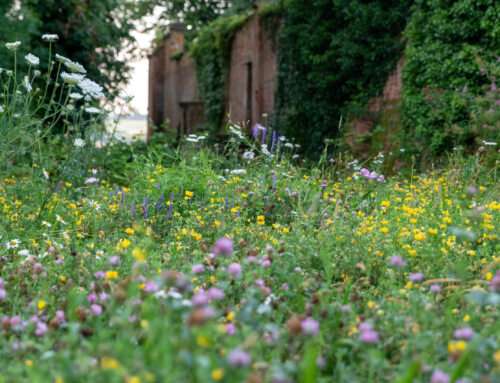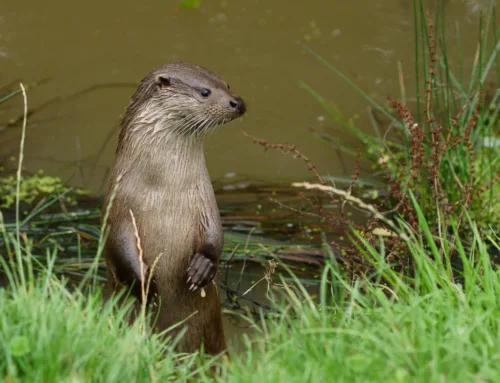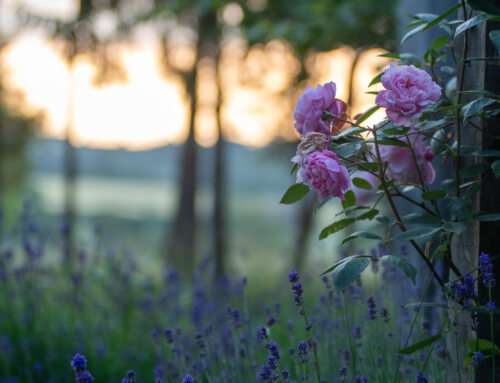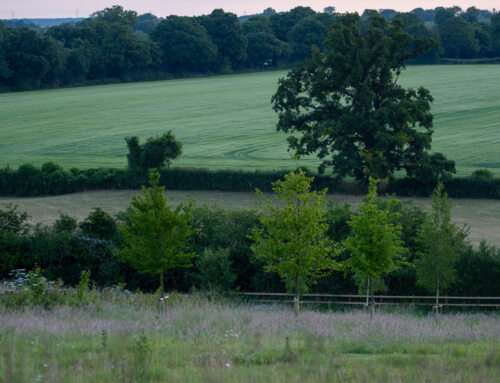Orchards for Wildlife
By Libby Reeves
Traditionally, orchards were always a haven for local wildlife. In modern times, with a push for more productivity and consumerism, they have become void of their previous biodiversity. Unlike other ancient habitats, however, we are in a stronger position to replace them, as it takes far less time for these habitats to be brimming with nature once again.
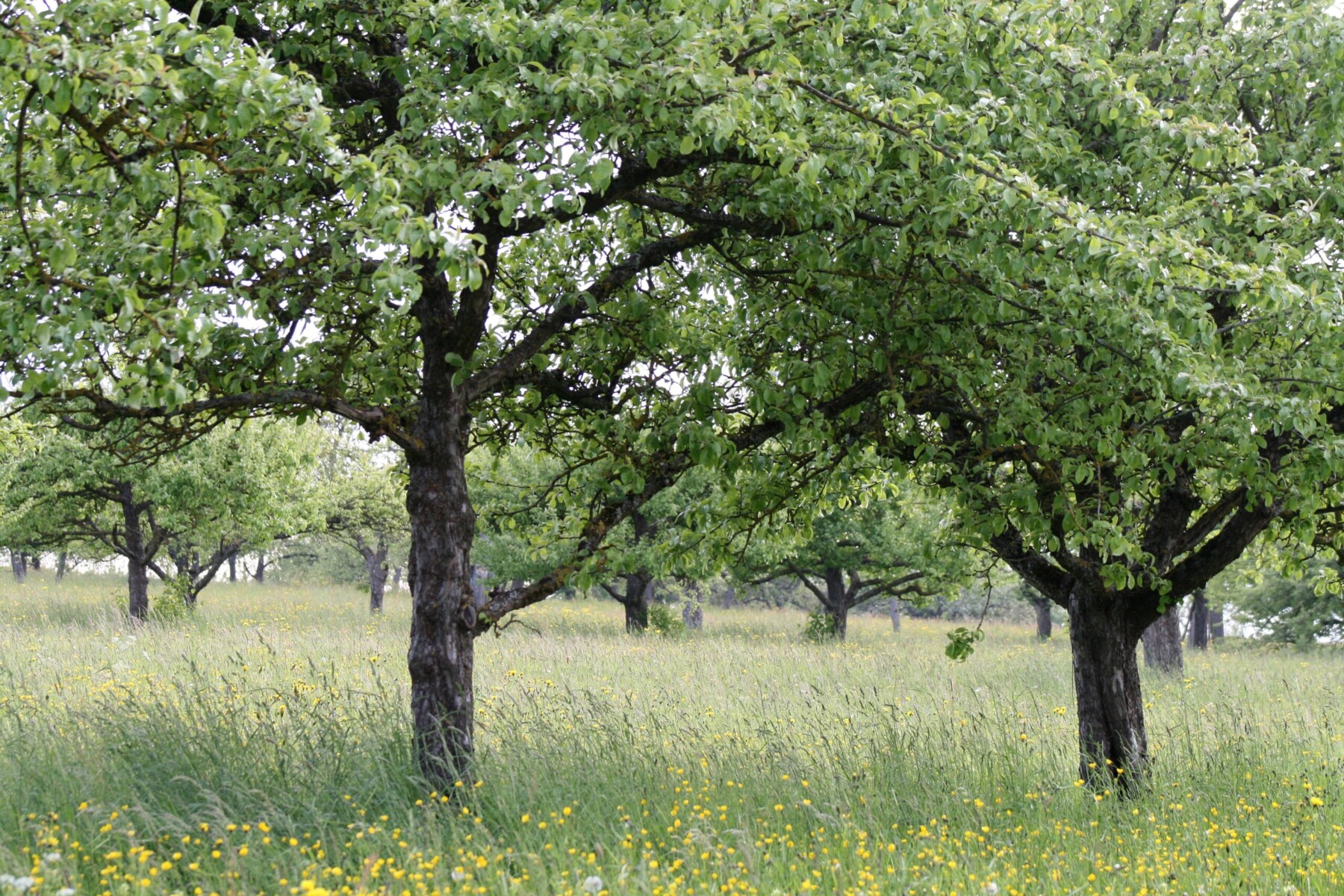
An orchard is an area of land that has been planted with fruit trees. These trees have evolved to create a nutritional, delicious encasing around their seed. This will tempt passers-by to eat the fruit and, therefore, take the seed away from the parent tree to promote the survival of the offspring. The seed will then hopefully land somewhere where it can germinate to create a new tree and pass on the genetic information of the parent. Using an apple as an example, each fruit will contain several seeds, meaning that a tree covered in fruit will then have many opportunities for as many new young trees to grow. Alongside the evolution of the fruiting plant, many animals, including humans have evolved to thrive on the produce from these trees. From apples to pears, walnuts to blackcurrants, these delicious fruits are important for our (and many other species’) survival. The more recent evolution of humanity has promoted the growing, nurturing and farming of these trees to allow for a plentiful supply of nutrients, and thus the orchard was formed.
To create an ideal space to produce fruit, it is important that the area of land is improved to maximise the health of the trees and shrubs that are going to be productive. The soil needs to be improved to support plant health, which in turn will improve the nutritional content of the produced fruit. The amount of organic matter needs to be high – this is then added to each year by leaf fall in autumn. The trees require protection from wind to keep the flowers and fruits attached to the tree, encouraging insects to fly around within the area and pollinate the flowers. This is often helped by the addition of hedgerows around the area, creating a microclimate on a windy site. The hedges can contain many plants, but the native Saxon mix is a favourite, heavily dominated by hawthorn which will add more flowers and aid pollination. The trees require space, light and air. The space should allow for the trees to grow out, rather than up. The light promotes the sugar content to be developed, and the movement of air helps to prevent the build-up of disease, particularly fungal problems such as black spot. The space between the trees promotes a very different understory planting to the typical woodland. More space and light will allow meadow flora to grow, and the minimal disturbance from lawnmowers will allow these smaller plants to reach their full potential, rather than being constantly cut back.
The trees themselves are big and bold. They have a shorter lifespan than other large native trees so can reach maturity faster than an ancient woodland. This has great benefits as dead wood is created much sooner, closing the carbon cycle of producers, consumers, and decomposers. A complete ecosystem is achievable in a much shorter time frame than an ancient woodland.
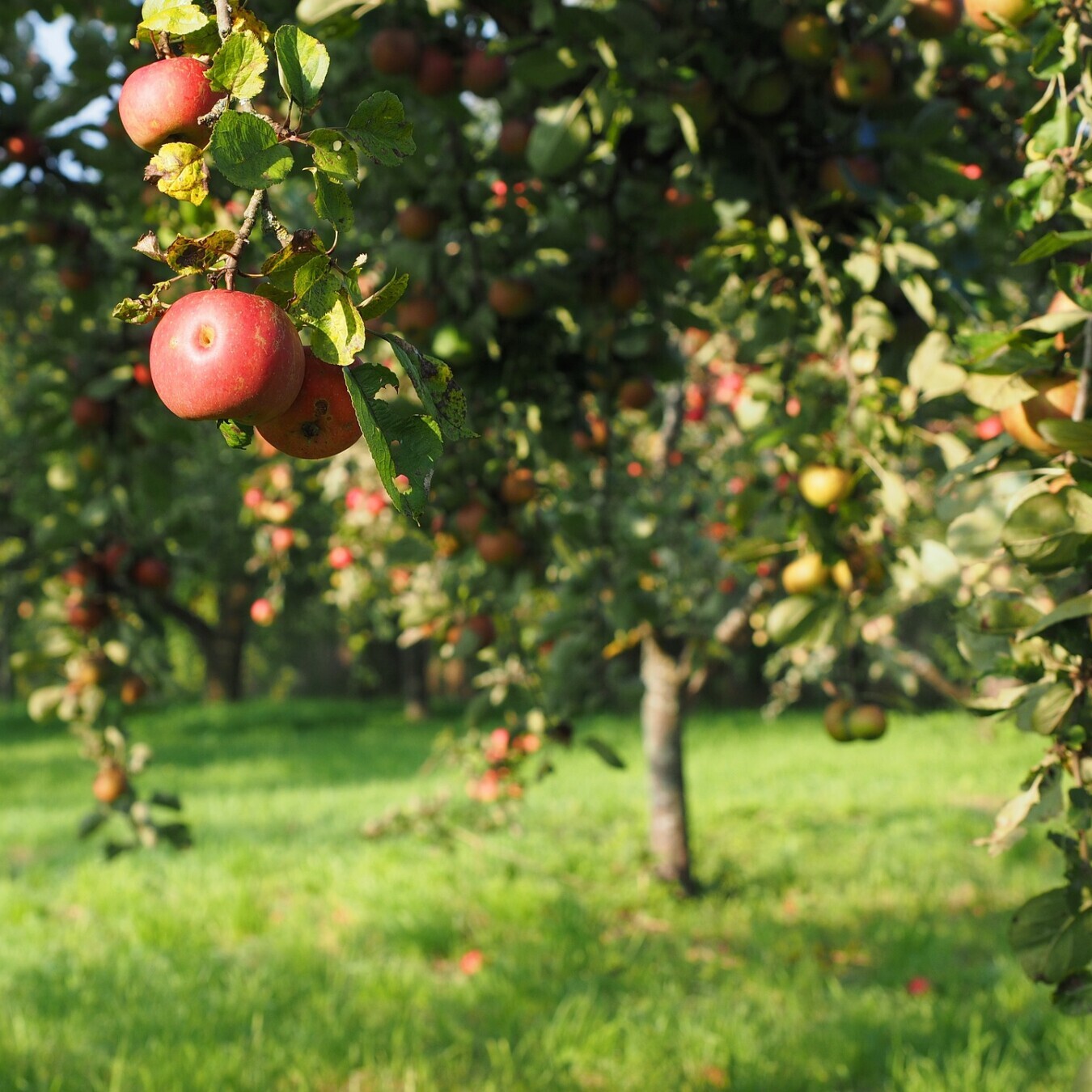
Sadly, the modern orchard can be void of some of these treasures. The need to produce a huge amount of fruit in a small space encourages growers to use small rootstock trees, changing them regularly. These rootstocks have been adapted to stay small but produce high yields very early in the tree’s life. Once the tree is exhausted of fruit, it is replaced by another young one; the opportunity for dead wood and the decomposers it attracts is lost. The grass paths between rows are mown down, and the herbs within the grass sward are curtailed before they can flower. Thus, reducing the attraction for flying pollinators.
The trees, as producers, will create many products for invertebrates to thrive upon. The flowers contain high levels of nectar for insects that require this as a food source. The insect will in turn pollinate the flowers on a neighbouring tree, allowing for seed and fruit development to occur. Each fruit species has a different pollination time and there are several different pollination groups with each species resulting in a very long flowering period in spring. Examples of insect pollinators include honeybees, bumblebees, and flies. The sap within the tree is a wonderful food source and many trees will show signs of distortion where sap-sucking insects such as aphids will attack. This in turn is a prime food source for the carnivorous ladybirds and earwigs, to name but a few. The fruits themselves are a prime target for certain invertebrates, the codling moth being a well-known example. The adults lay their eggs on the trees, allowing the caterpillars to eat their way through the fruit to overwinter before maturing in spring. They have no detrimental impact on the trees and they are only considered a pest as they damage the fruit for our own use. The leaf litter, any dropped fruit, and dead wood branches are prime targets for decomposers, such as stag beetles. They break down the organic matter and release nutrients into the soil, to be absorbed back by the trees and vegetation.
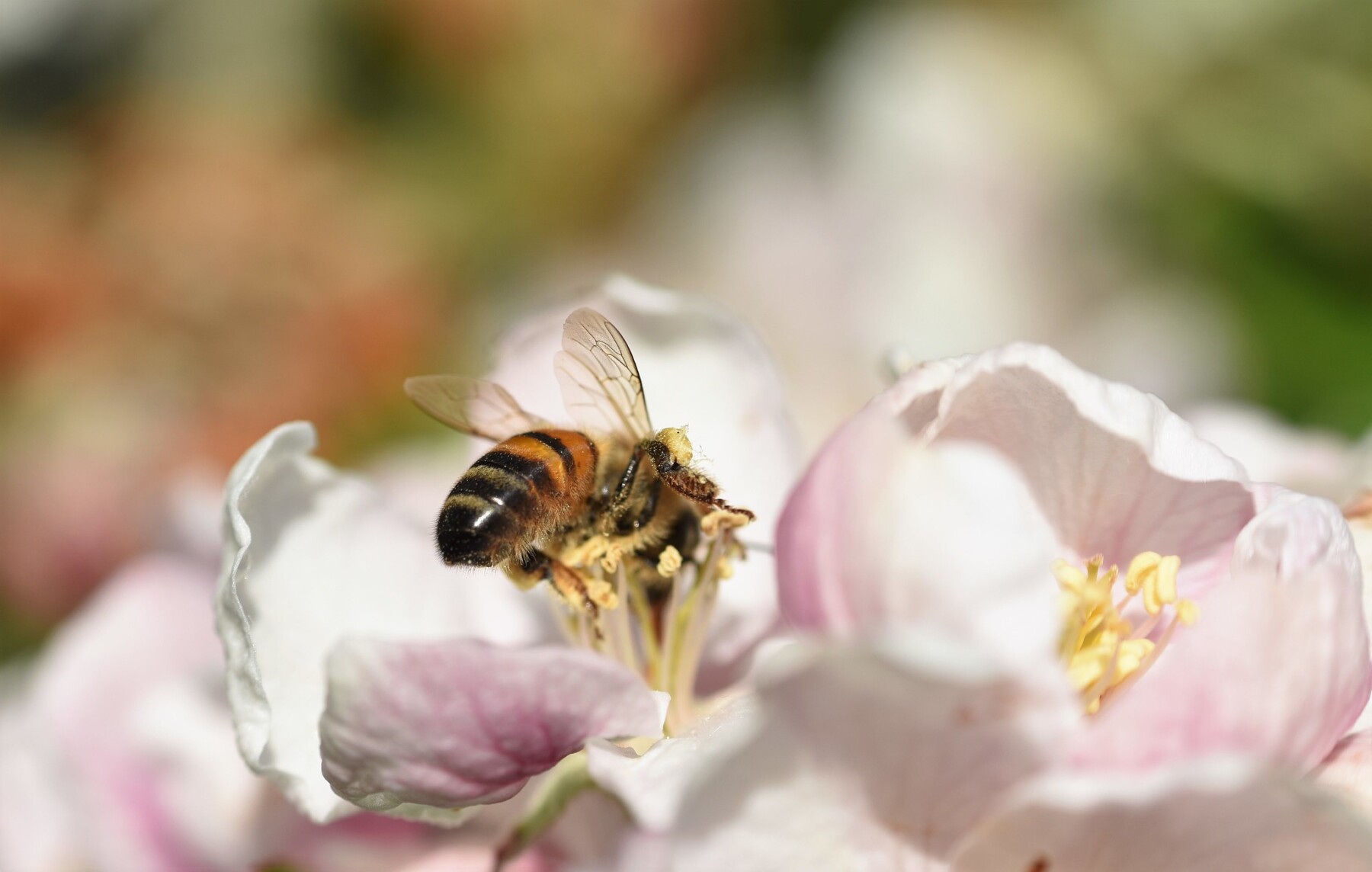
Allowing for the mixed hedgerows and the meadow grass growing between the trees, the number of opportunities for a wide and thriving community of invertebrates is vast. The quick-developing nature of fruit trees allows them to reach maturity within 100 years, and this allows these communities to develop quickly too.
A productive fruit tree provides a healthy food supply for many herbivorous birds and mammals, it is a common sight in early winter for fieldfares and redwings to clear up any lying fruit. The hedgerows have berries which last well into the winter, and blackbirds will readily help themselves. Attracting invertebrates will supply a ready food source to the insectivorous birds and mammals who will also make the orchard their home. Woodpeckers will use the trees to look for underlying beetles in the bark. Hedgehogs, who primarily thrive on little creepy crawlies, will be drawn to the orchard if there is a thriving community of (amongst other species) earwigs. These can be encouraged by upturned flower pots filled with straw, and will in turn keep the aphids population in check.
Planting fruit trees is a wonderful way to encourage biodiversity into an area. A well-planned orchard has huge ecological benefits, but even a single apple tree in a small garden will help. If you are relying on smaller rootstocks, permanently stake the tree to allow it to grow old, as the roots tend to be too small to hold the older tree upright. Carefully prune out some of the fruit in June to encourage the energy in the plant towards healthy growing rather than excess fruiting, as the smaller rootstocks tend to produce copious amounts of fruit, relative to their size. Here at Nicholsons we have a lovely selection of fruit, including apples, pears, quince, mulberry, plums, damsons, gages, and cherries. Pop in to see if one would fit into your garden.

